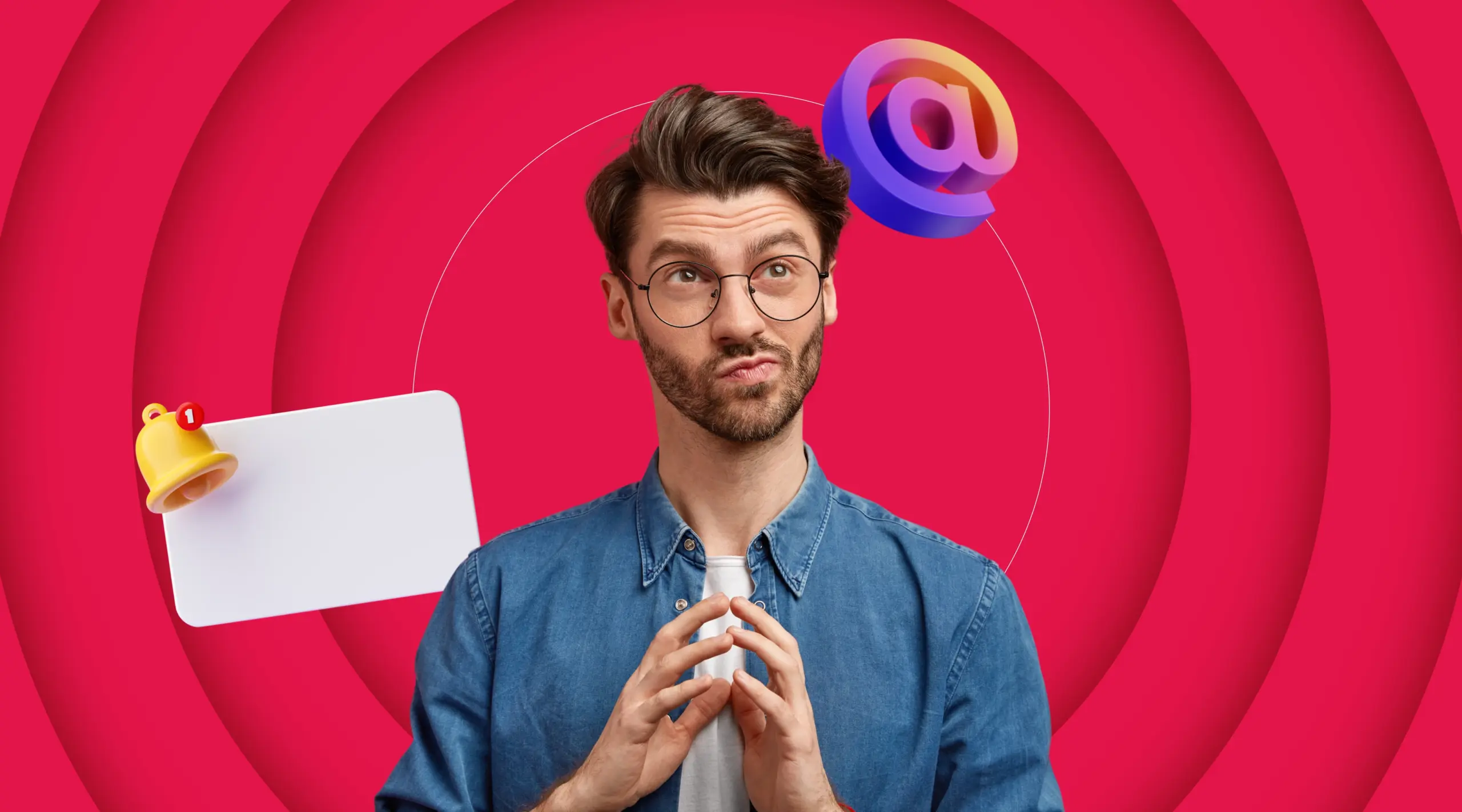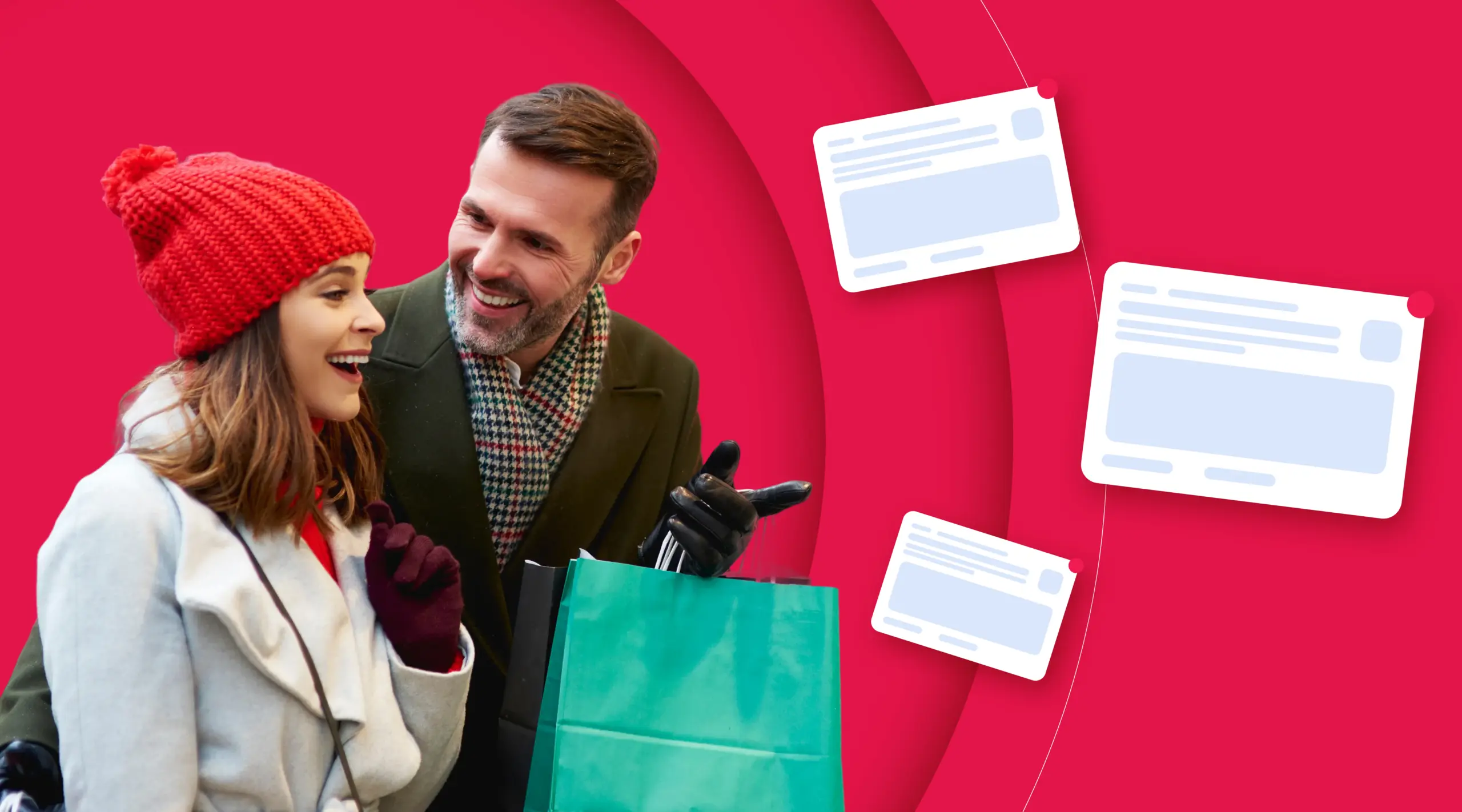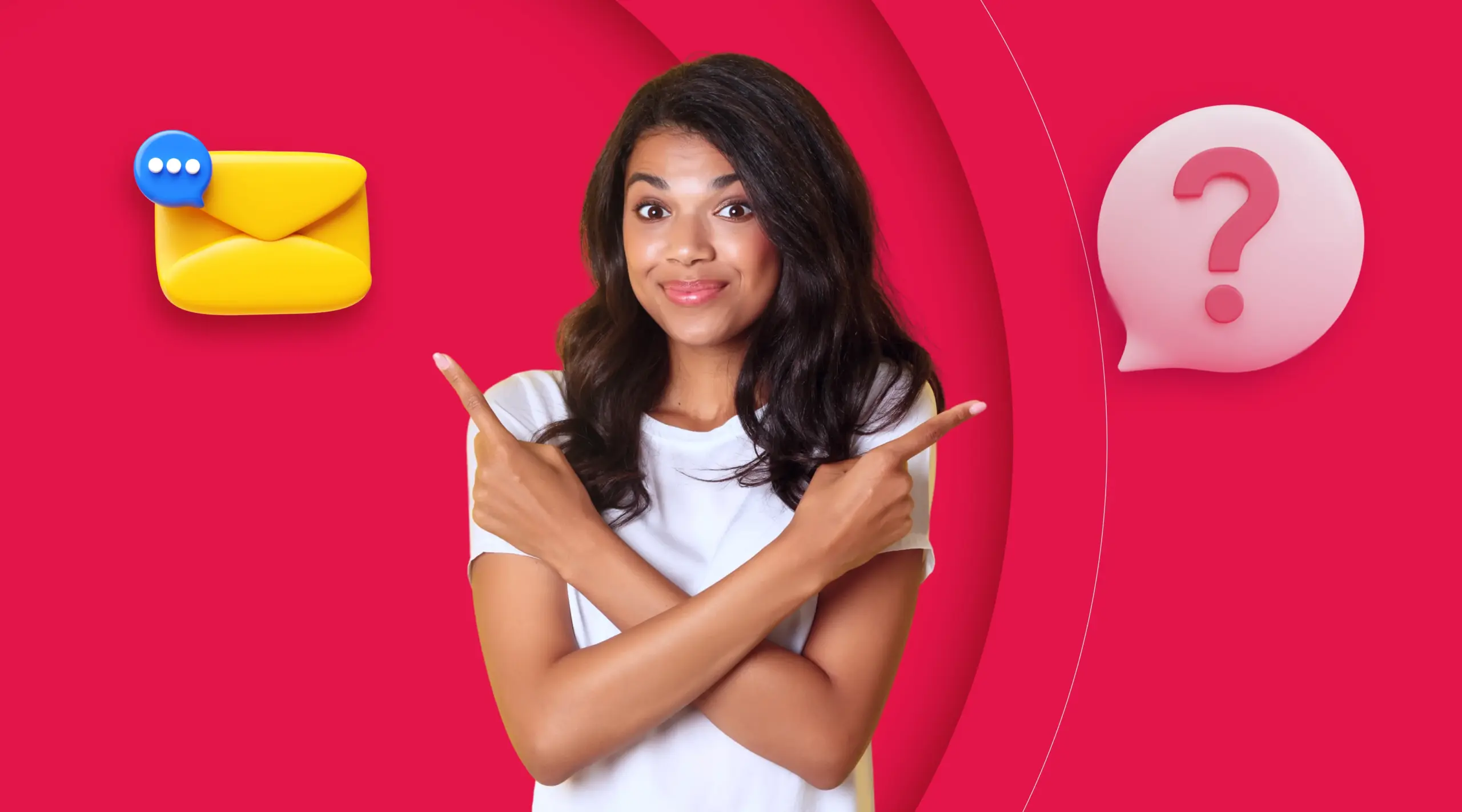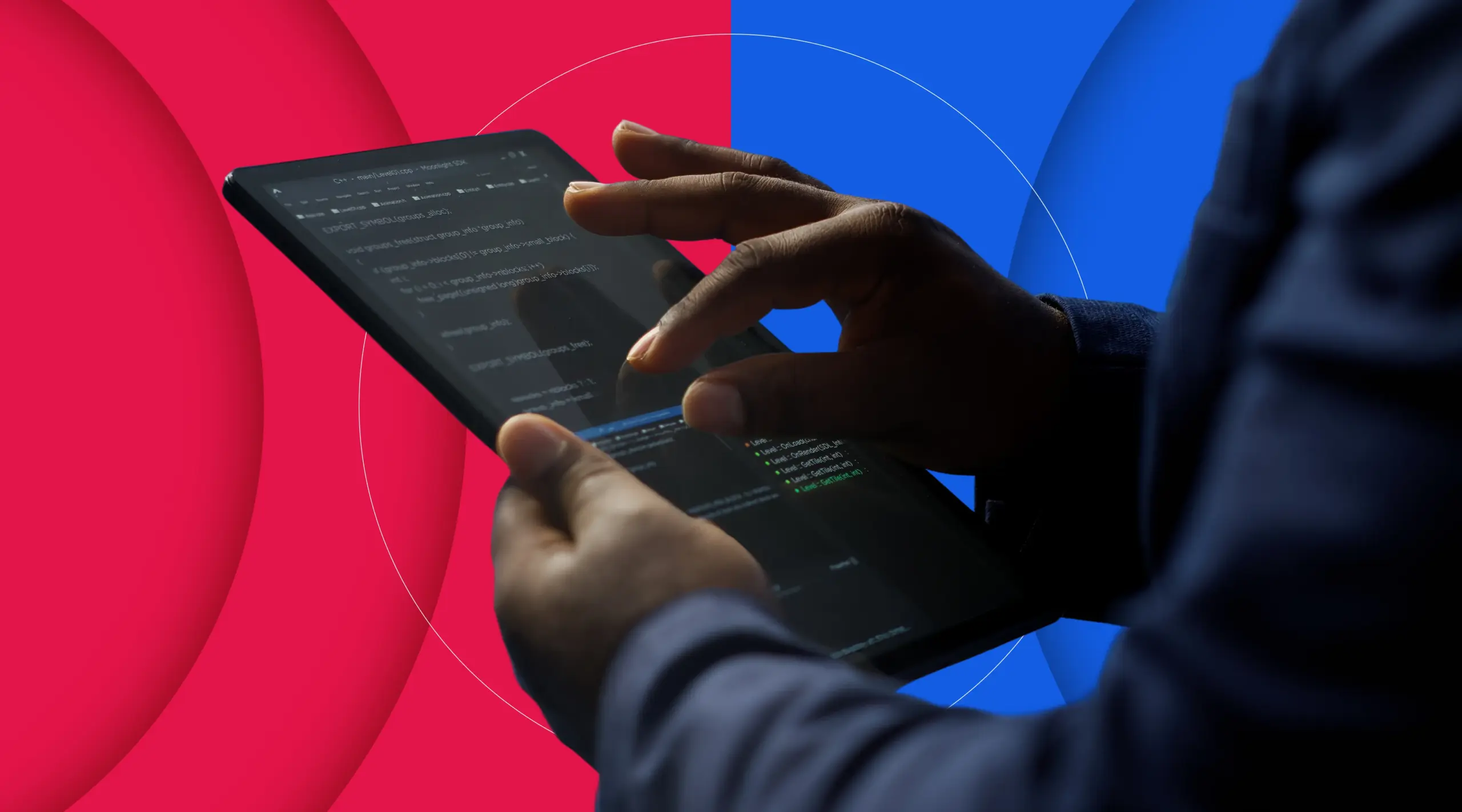
In today’s marketing ecosystem, where communication channels keep multiplying, brands face a constant challenge: choosing the right channel to deliver the right message at the right time.
What we’ve been hearing most often from advertisers in recent months is how difficult it’s become to orchestrate messages across email, SMS, and Web Push. Each channel has its strengths — and its limits.
So how can marketers strike the right balance between reach, responsiveness, and engagement?
Here’s a closer look at the strengths and best uses of each channel.
Email: the historic pillar of direct marketing
For over twenty years, email has been the king of digital marketing.
It enables personalized messages to be sent, rich content to be distributed (text, visuals, links, offers) and campaigns to be automated according to the customer lifecycle.
✅ The benefits
- Rich content: visuals, storytelling, call-to-action, everything is possible.
- Advanced personalization: fine segmentation based on behavior, purchase history or navigation.
- Easy automation: nurturing workflows, basket relaunches, regular newsletters.
- Precise performance measurement: open rate, click rate, conversion rate, etc.
⚠️ Limits
But email is also suffering from increasing saturation:
- Inboxes are overflowing.
- Open rates are stagnating, or even declining with confidentiality rules (such as Apple Mail Privacy Protection).
- Deliverability is highly dependent on the quality of databases and consent.
Email therefore remains an excellent tool for building loyalty and providing information, but its effectiveness dulls with audiences who are less responsive or already over-solicited.
SMS: the instant channel
SMS marketing retains a rare power: that of almost immediate readability.
Ideal for urgent messages, transactional notifications or time-limited offers, it combines record open rates (up to 98%) with ease of reading.
✅ The benefits
- Immediacy: the message is delivered and read within minutes.
- Universal channel: no need for apps, data or even smartphones.
- High impact: the channel’s rarity makes it a powerful lever for key messages.
⚠️ Limits
- Limited space: 160 characters, little room for creativity.
- More expensive than other channels.
- Intrusive perception if misused.
- Dependence on telephone number, often more sensitive than email address.
SMS remains a formidable lever for emergency campaigns, but should be reserved for occasional, legitimate use to preserve the customer relationship.
Web Push: the new loyalty reflex
Less familiar to the general public, Web Push notification is gradually establishing itself as a channel in its own right in retention and re-engagement strategies. This technology enables web users – without leaving an email or telephone number – to subscribe to a brand’s news.
The subscriber then receives, on desktop or mobile, short messages (text and visuals) that can be clicked on, even when he or she is not browsing the site.
✅ The benefits
- No personal data required: consent is based on a simple click in a browser window. This enables this lever to achieve average opt-in rates of 15% (vs. 1% for email, for example).
- Immediate visibility: the notification is displayed directly on the user’s screen.
- High engagement rates: well-targeted notifications achieve higher click-through rates than email.
- Automatic reconnection: brings the audience back to the site, even long after the visit.
- Possible automation: basket relaunch, new content, personalized offer, flash news…
⚠️ Limits
- Reduced number of characters for the message.
- Requires the user to accept notifications on desktop and mobile to view them on both devices (the optin is valid for the device on which it was given).
Web Push is therefore an effective reactivation channel, perfectly complementing email and SMS.
It’s also a non-intrusive loyalty lever, since it’s based on the user’s explicit choice to unsubscribe at any time.
Which channel for which message?
The secret to effective communication doesn’t lie in choosing a single channel, but in combining all three intelligently.
Each channel has its own role to play, depending on the type of message, the level of urgency, and the degree of connection with your audience.
| Message Type | Recommended Channel | Main Objective |
|---|---|---|
| Newsletter | Inform and build loyalty | |
| Editorial content (e.g. article) | Email + Web Push | Inform and build loyalty |
| Cart reminder, personalized offer | Email + Web Push | Re-engage and convert |
| Urgent message, confirmation, delivery | SMS | Alert and reassure |
| Flash promotion or event | Web Push + SMS | Generate instant traffic |
| Anonymous audience reconnection | Web Push | Retain and convert |
The challenge is to contextualize each message:
- Email to nurture the relationship.
- SMS to trigger action.
- Web Push to maintain the link and boost loyalty.
Towards multi-channel orchestration
Today’s winning strategies don’t just use multiple channels: they orchestrate them intelligently.
An effective scenario might look something like this:
- SMS to alert of a limited-time offer.
- Email to present the details and benefits of the offer.
- Web Push to relaunch with a few hours to go.
This synergy creates a fluid and coherent experience, without saturation, while maximizing the conversion rate. And above all, Web Push enables you to re-establish the link with anonymous audiences – those who visit your site but don’t leave their contact details.
An essential lever at a time when consumers are increasingly cautious and selective about disclosing their personal data.
Conclusion
Email, SMS and Web Push are not opposites: they complement each other.
Each responds to a different moment in the customer journey, and to a different level of engagement.
- Email builds relationships over time.
- SMS triggers immediate action.
- Web Push maintains the link and reactivates the audience.
When used in harmony, these channels enable brands to build a seamless, respectful, and high-performing communication ecosystem — driving both loyalty and conversion.



